MONISHA RAJESH, who has achieved distinction as a travel writer, tells Eastern Eye that a good way – possibly the ideal way – to discover India is by train.
She was given a session at the FT Weekend Festival to talk about her new book, Moonlight Express: Around the World by Night Train, which focuses mainly on travel across Europe in sleeper trains.
She took her two young daughters – they were seated in the front row in the FT audience – on a double-decker sleeper called the Santa Klaus Express on a 12-hour journey in Finland from Helsinki to Rovaniemi.
But Moonlight Express also has a chapter, “The Shalimar Express”, on India, the subject of her first book, Around India in 80 Trains, which came out in 2012, followed by Around the World in 80 Trains (2019) and Epic Train Journeys (2021).
In Moonlight Express, she writes: “In 2010 I lost my heart to Indian Railways and being back on these clanking, dusty rails felt like a homecoming.”
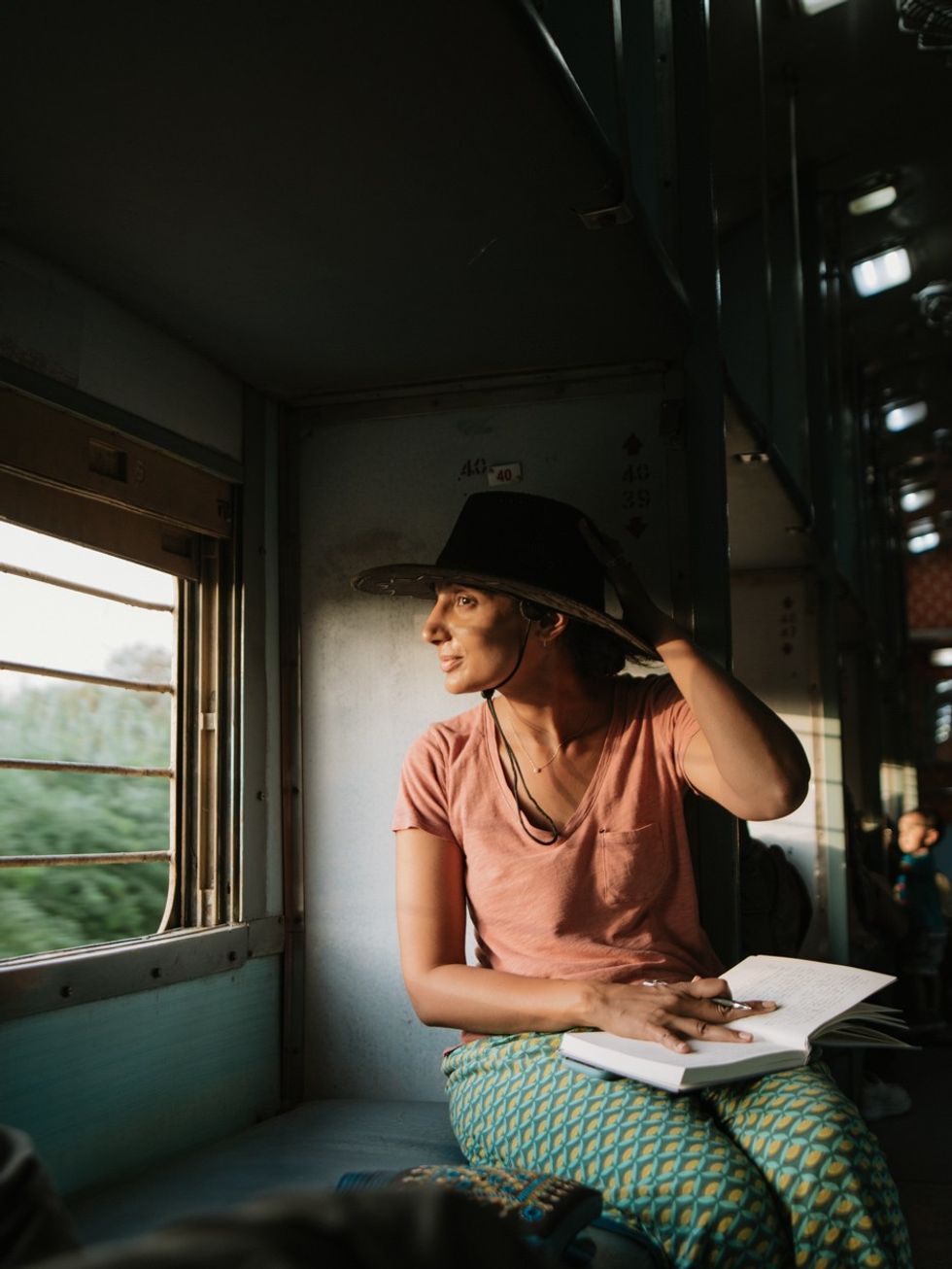
She decided to find out.
At the FT Weekend Festival, she appeared alongside fellow travel writer Andrew Martin. Her session, The new age of the train: why are holidays by rail this year’s hottest ticket?, was moderated by the FT’s political editor, George Parker, who asked: “Monisha, are we seeing a rail renaissance at the moment? And indeed, are train holidays the hot ticket?”
She replied: “I personally feel railway travel is having a renaissance. From everyone I have spoken to on board, a lot of it has been pushed by the climate crisis. People want to give up flying but are also embracing the slowness of travel and engaging a bit more with the places you’re moving through and the people you’re meeting. Trains are definitely having a renaissance in terms of sleepers even though a lot of the rolling stock (in Europe) is dilapidated.”
Since it takes an extra engine to operate a dining car, some companies dispense with it. But people tend to gather in a dining car if there is one.
Asked about the books she took on train journeys, Monisha said: “I really enjoy fiction about the places I‘m travelling through, just to have that point of reflection along the way. It’s a cliché but I love coming back to (Agatha Christie’s) Murder on the Orient Express.”
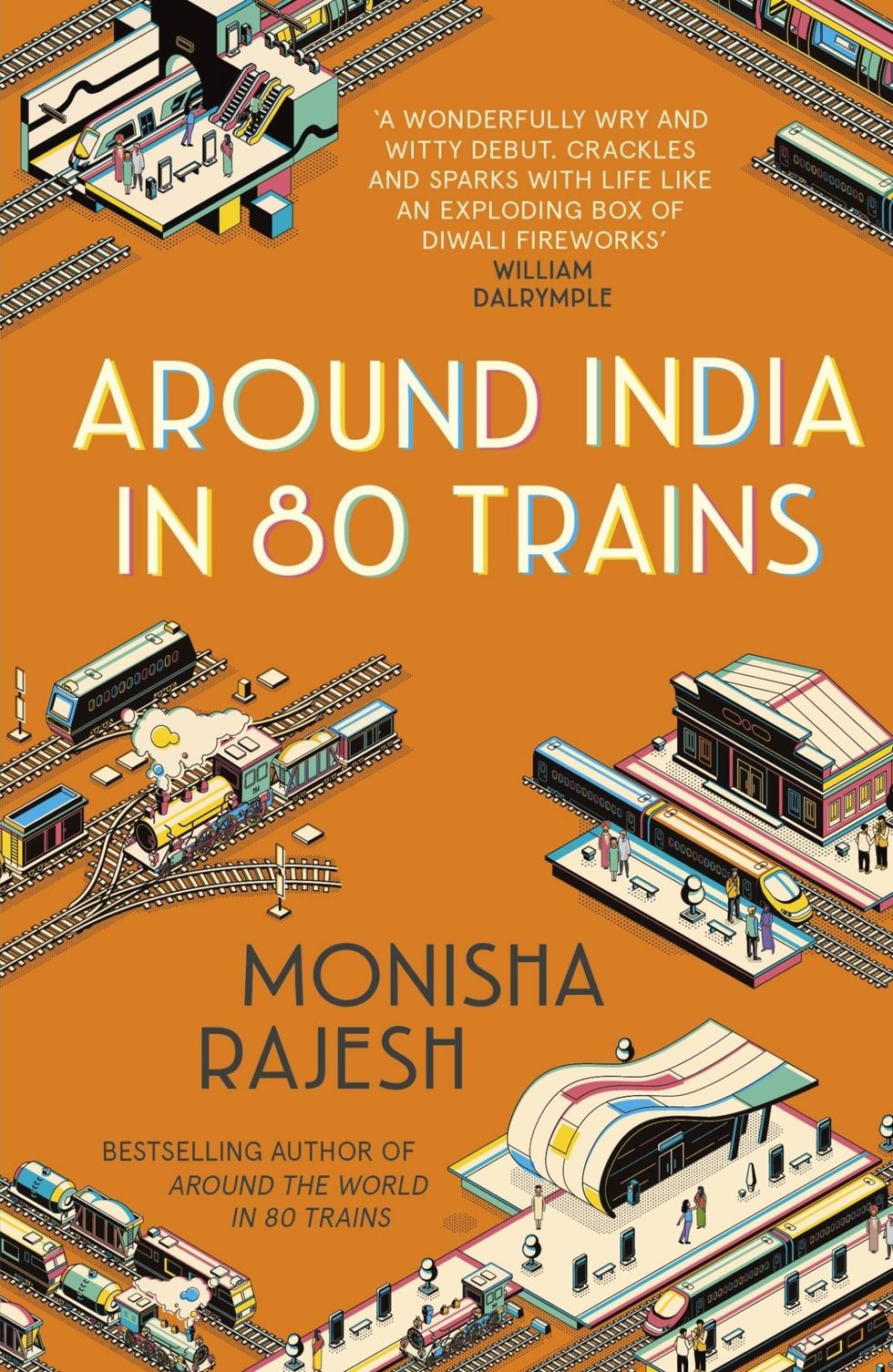
Monisha was born in Norfolk of medic parents who came to Britain from Madras (now Chennai) and grew up in Yorkshire.
She tells Eastern Eye that when she was nine, her parents moved back to India but abandoned the experiment after two years and returned to the UK.
For her debut book, Around India in 80 Trains, Monisha – “I am not a fan of flying generally” – spent January to May in 2010 travelling across the country. Her itinerary was drawn up in London and she also “bought a 90-day rail pass, which I still have, for $540 (£397)”.
She travelled in a number of luxury sleepers, among them the Indian Maharaja- Deccan Odyssey (from Mumbai to Delhi); the Deccan Queen (from Mumbai to Pune); and the Golden Chariot (from Mysore to Vasco da Gama) which she liked best of all.
The latter journey was seven days and took her to places like Hampi, Badami and Nagaraahole which were all new to her. Monisha’s 80 Indian train journeys, crisscrossing the country, included: Nagercoil to Kanyakumari; Okha-Puri Express from Dwarka to Ahmedabad; Jaisalmer Express from Jodhpur to Jaisalmer; Himalayan Queen toy train from Shimla to Kalka; Chennai Rajdhani Express from Delhi to Chennai; Kolkata Mail from Mumbai to Katni; Darjeeling Mail from New Jalpaiguri to Kolkata; and Konarak Express from Bhubaneshwar to Hyderabad.
Anyone from Britain who has travelled by train in India will know fellow passengers are not exactly shy about asking personal questions: “Of, you are from England? Have you dated an English girl? (if a man). What salary are you drawing? Are you married? (if a woman) No? Why aren’t you married? You should be.”
Monisha, who records many of the conversations that she has had, remembers: “There were quite a lot of Indian families, who had brought their children, on the luxury trains. I like that because passengers in luxury trains in the Golden Triangle (in Rajasthan) tend to be western tourists for the most part. It wasn’t like that in the south.”
In 2023, she went back to do a piece marking the 170th anniversary of Indian Railways for the National Geographic Traveller. She took the Mondovi Express from Mumbai to Goa, and came back to Rajasthan for a journey from Jaipur to Jodhpur. She was introduced to Ghanshyam Gowalini, who is better known as “Omelette Man” because he “cracked open more than one thousand eggs a day”. She moved on to Jaisalmer from where she caught the Shalimar Express sleeper to Delhi.
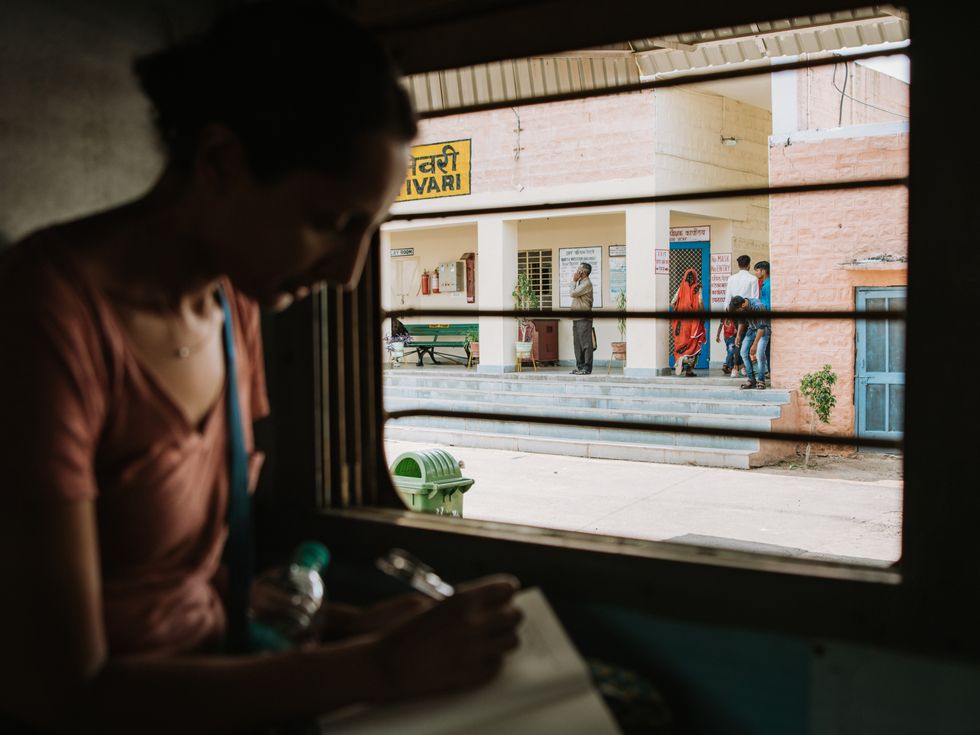
The trip was India revisited: “I wanted to see what I felt about the trains again, how things have changed and evolved, whether the charm and character I found the first time were still there.”
She wasn’t disappointed: “It was a real refresher.” She encourages her readers and her own friends to undertake a train adventure in India. “They’re quite pleasantly surprised because a lot of people who have never been to India before feel a bit nervous about negotiating it by themselves.”
Some English folk in their sixties took her book and told her later it was a “nice little guide”.
Monisha says: “Once you hop on board, you’re surrounded by people who give you very good advice about where to stay, what to eat, what not to eat, where to go, things that you don’t find in guidebooks. You get that instant interaction with people in India who are always very helpful, very friendly. They love the fact that people are travelling around and want to know a bit more about their country.”
n Moonlight Express: Around the World by Night Train by Monisha Rajesh is published by Bloomsbury at £22.
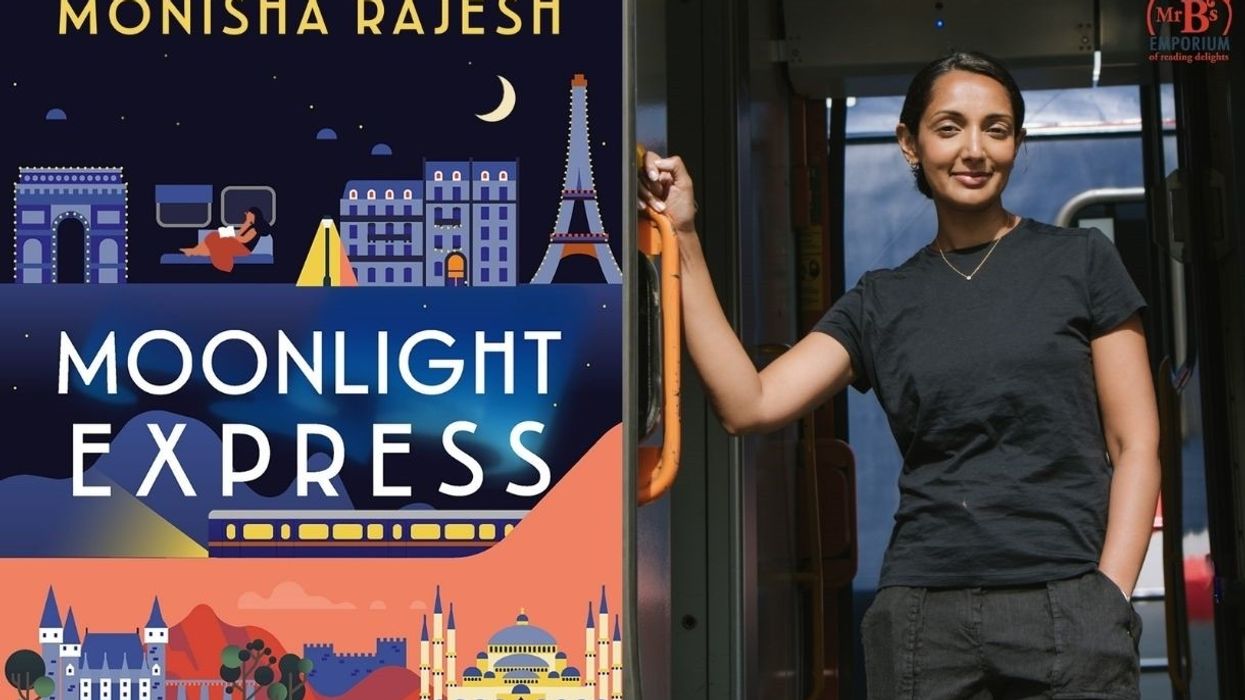
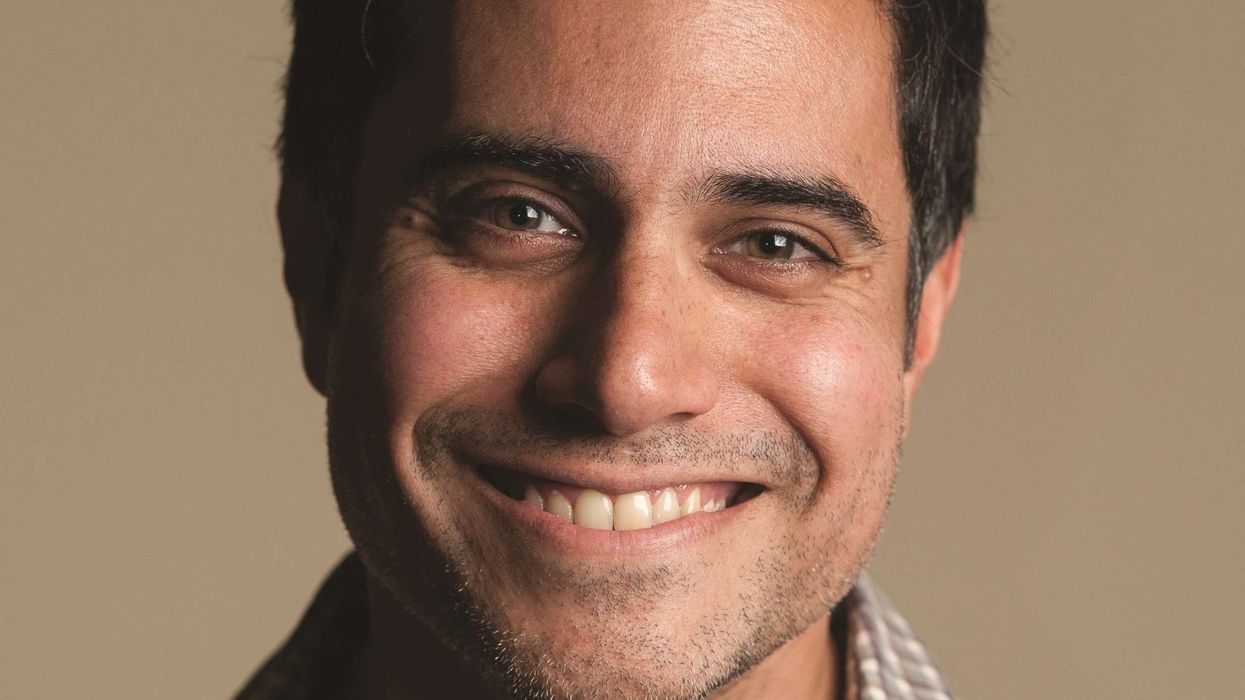
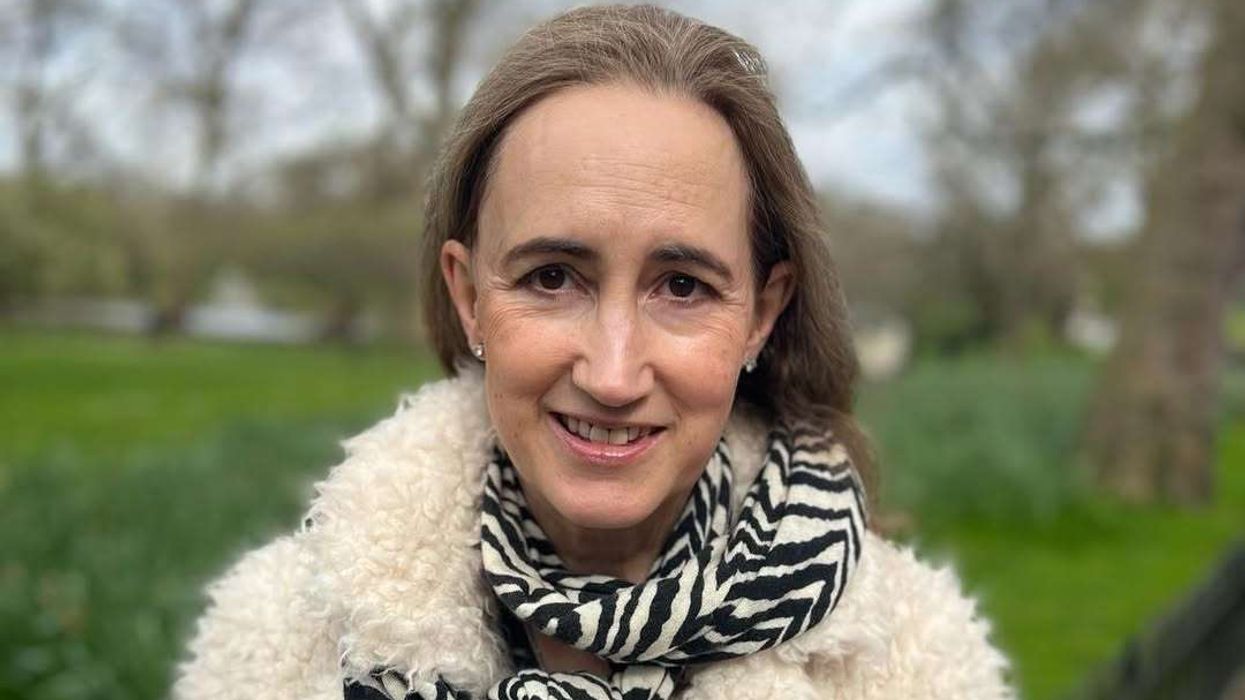
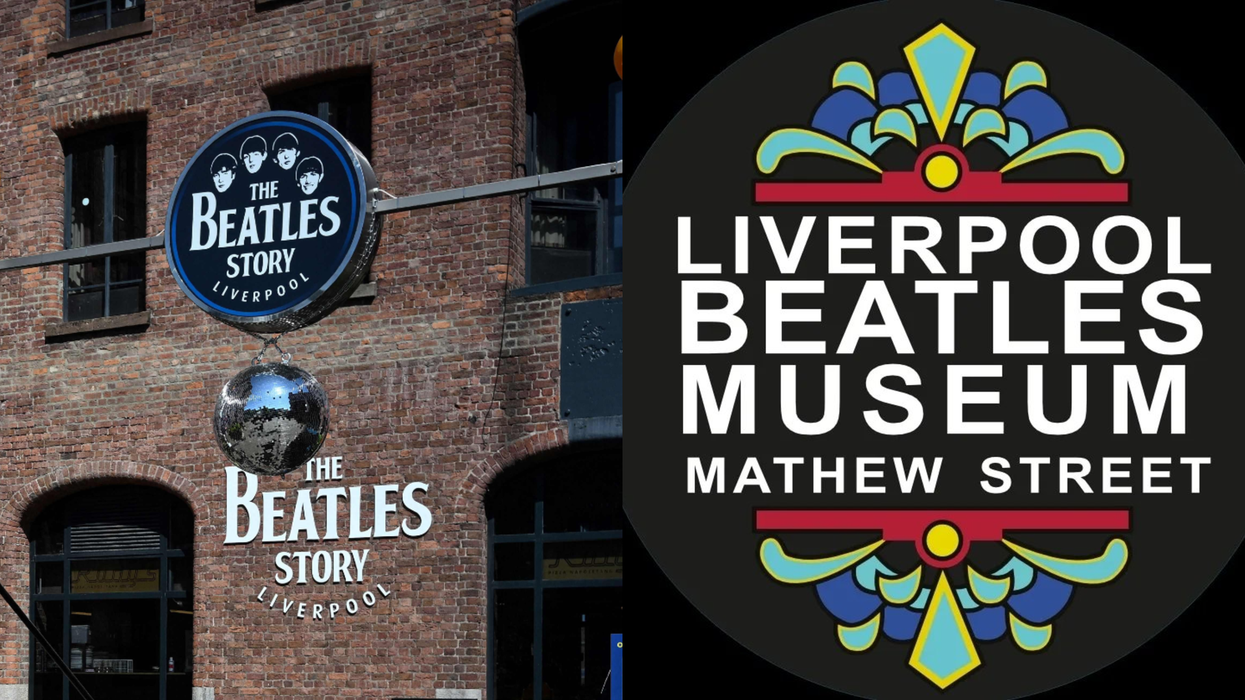

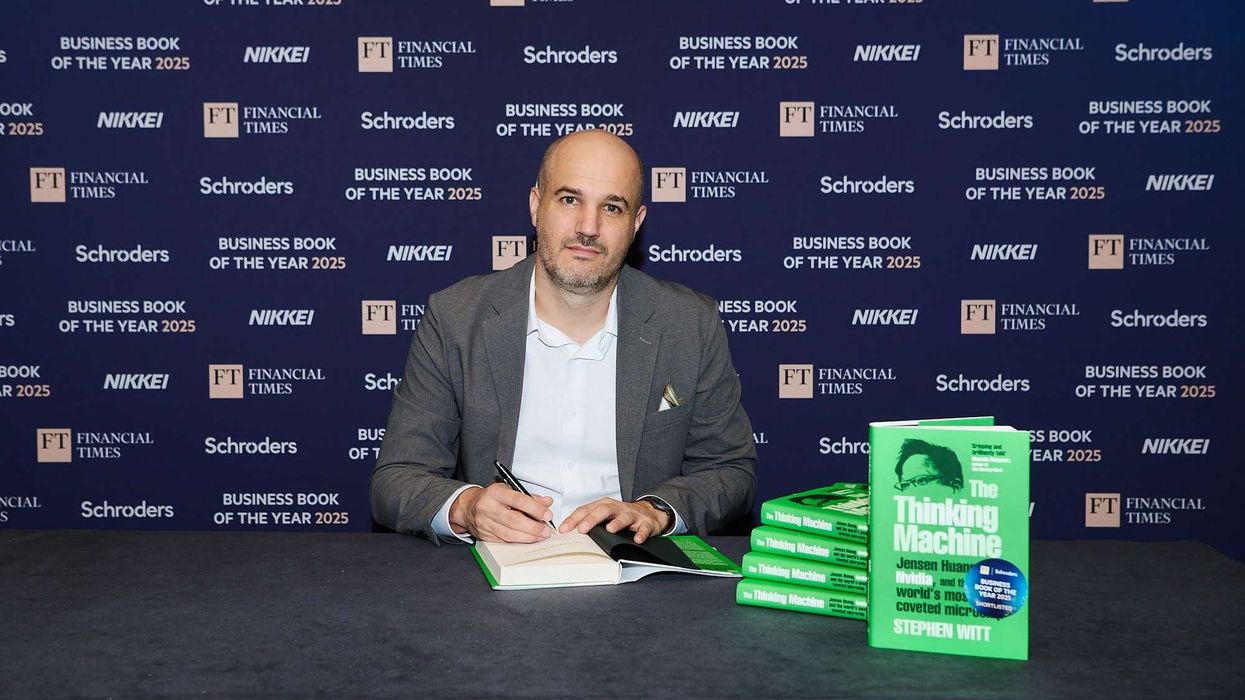
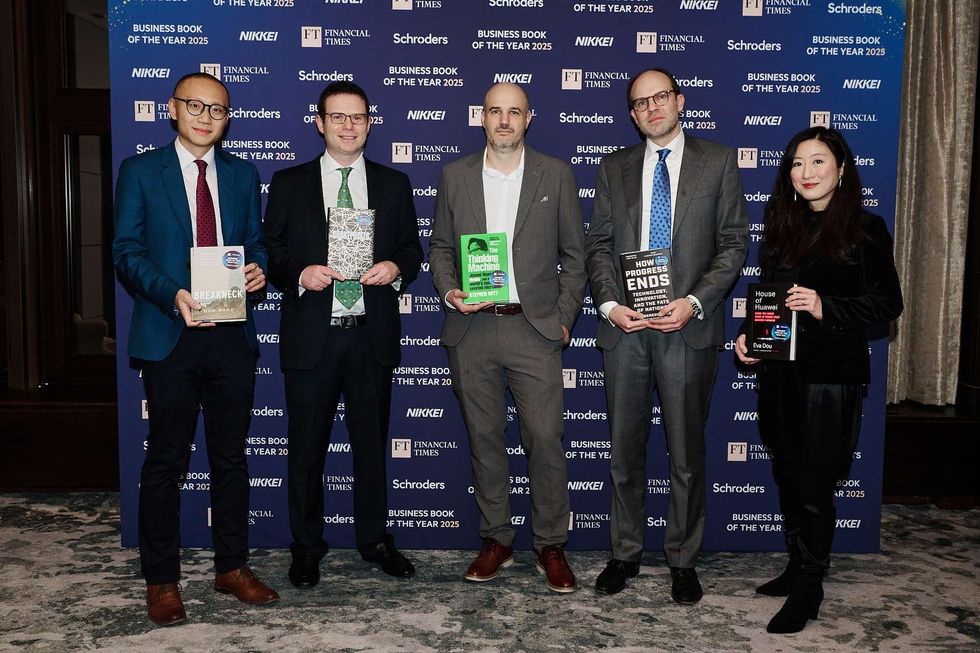 Shortlisted authors Dan Wang, Edward Fishman, Stephen Witt, Carl Benedikt Frey and Eva Dou
Shortlisted authors Dan Wang, Edward Fishman, Stephen Witt, Carl Benedikt Frey and Eva Dou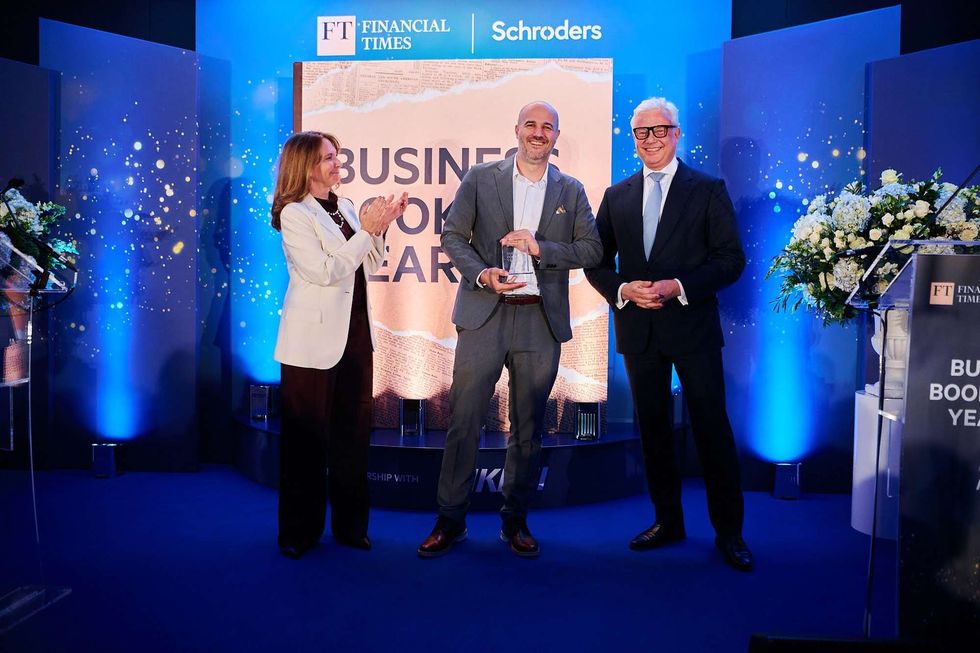 Roula Khalaf, Stephen Witt and Richard Oldfield at the awards ceremony in London
Roula Khalaf, Stephen Witt and Richard Oldfield at the awards ceremony in London  Daisuke Arakawa
Daisuke Arakawa Paschal Donohue
Paschal Donohue





